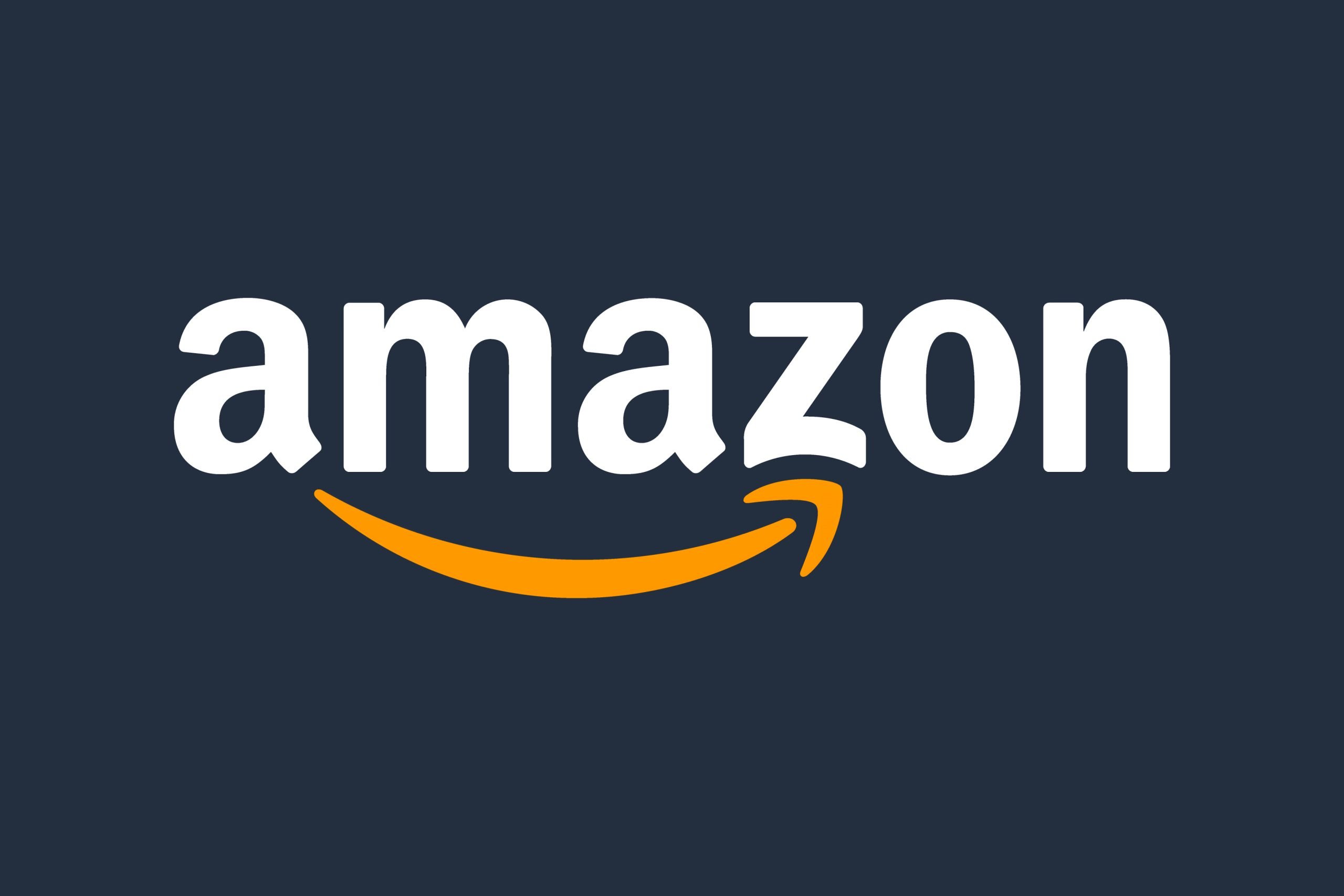In recent years, Twitter has become a madhouse. And we’re not saying this because of the memes, jokes, and controversy that arises when using the social network; We’re talking about Twitter as a company.
Jack Dorsey’s last years as CEO, re-entering the company like Steve Jobs, were convulsive, in a perpetual struggle between the product and the profitability of his great unfinished account. Now, as Elon Musk looks forward to making a purchase that seems closer and closer, the social network continues its particular simmer for who knows where, with a board of directors and a team not very sure how long it will last.
What seems to be true is that Twitter is taking steps on some of the things Musk has in mind. This week, the Tesla and SpaceX CEO and potential buyer called Twitter employees in which he laid out his broad vision for the platform.
In addition to scaring employees with his vision for remote work, he also said he intends to expand freedom of expression with a slightly more specific formula than the toast to the sun he has launched so far – he stated that he would like anyone to anyone on Twitter who wanted to be able to say what they wanted, but to be limited in scope if the content was harmful – and furthermore, that Twitter was a kind of SuperApp, more like TikTok or WeChat, the Chinese mega app.
This latest endeavor has already been something Twitter has been working on for some time with acquisitions, not so much in pushing its protocols to promote freedom of expression, but in a controlled manner. Now an experiment carried out inside the house shows an important progress in this sense.
Are you sure you want to tweet this?
Twitter published a very interesting study last week a test widget that appears when the user is about to launch a message that appears to be for cyberbullying to someone.
Tests with this widget, a kind of pop-up warning users, began last year when Twitter launched a feature that asked users to reconsider offensive or offensive tweets before posting them.
The results were published in a study titled “Rethinking Tweets: Tweet Interference Reduces Offensive Content” and it has some interesting findings.

Of the people who were shown the message, about 70% of users who received a “faucet”, asking them to be kinder, just sent a tweet. Finally, about 1% decided to return to more offensive language.
But the details are in between.
- 9% canceled their tweet
- 8% softened it
- 13% changed it but did not downgrade
It doesn’t seem like a bad percentage that such basic functionality prevents 2 out of 10 offending messages from being sent or modified. It may not sound like much, but it’s pretty effective on the road to healthier social media in general and Twitter in particular.
And now for something that might be even more interesting: at the time, the notification didn’t just affect user behavior. This has had a noticeable impact on long-term user behavior. “After one ad impression, users are 4% less likely to repeat an offensive response,” the study says. “Incited users were 20% less likely to write five or more inflammatory tweets.” It was also observed that users who received the warning also received friendlier responses. And from what I’ve read, this seems to be true for all users who receive notifications, no matter how they react to the notification.
If one thing is clear, it is that it is not easy to moderate content on the Internet, and there is merit in this small breakthrough.
Second goal: make it a super app (and profitable)
Let’s be clear upfront that Twitter has always had a relationship far from profitable. And Musk, if anything seems obvious, it’s that he can make it better or worse, but he doesn’t want to lose money. Hence its supposed intentions to improve functionality.
Twitter was the great social network that cost the most to be profitable.. He achieved this in 2018, repeated in 2019, and in 2020, due to a drop in advertising due to the pandemic, he returned to red numbers. All while its users seemed to follow the plane.
So far, Twitter has based 90% of its revenue on advertising and on the processing and licensing of data used anonymously for consumption analysis.
Here’s a graph that makes this pretty clear.
As we said, this goal of becoming a super app is not new, although it was promoted by the new CEO Parag Agrawal.
A few months ago, analyst Scott Galloway argued that building a Chinese-style SuperApp to create a product broad and profitable enough to find a buyer for Twitter was his management's next challenge after Dorsey's expulsion from the company. steering wheel
The purpose of this SuperApp is something that has never been achieved outside of Asia. The super app is a standalone mobile app that offers basic services such as chat and payments, as well as a set of third-party "widgets"ranging from shops and restaurants to government agencies.
The largest of these is China's WeChat, arguably the most widely used software on the planet. On WeChat, you can make an appointment with a dentist, call a taxi, pay utility bills, and even get a divorce by hiring a lawyer. An app achieves SuperApp status when it brings together a critical mass of services, makes it easy to switch between them, and even if they're not as good as single-purpose apps, the app becomes the operating system of your digital life. The more services, the less reason to refuse them.
Lots, maybe too many new features

Following the crumbs of this supposed plan, Twitter is buying several smaller apps from 2021 and integrating them. What is also true is that it is messy. Revue or Spaces, which we are going to talk about now, may be close to becoming obsolete, as was rumored a few weeks ago.
In the meantime, Twitter is launching other options like the recently-famous Notes, which is sort of a blog but within the network.
Now yes, let's take a look at some of the purchases that Twitter has integrated:
- switch: A social podcast app that allows you to find podcasts by following people. You can also comment and "like" certain episodes to start a conversation with other followers. Of course, instead of buying the app, Twitter took over Breaker's employees.
- ueno: Creative agency specializing in product design and user experience. His previous clients include Google, Facebook, Uber and Twitter itself.
- Scale: a data infrastructure company. It may not play a direct role in product development, but is used in other parts of Twitter.
- Review: Information company that competed with Substack. At the time of the acquisition, Revue's fee for premium subscriptions was 6%, compared to the 10% charged by its main competitor. Now the service is integrated into Twitter.
- Sphere: A group chat app based in London that facilitated communication within communities of interest such as football clubs and series.
- Nitevderez: Twitter threads are often the most popular form of reading that Twitter allows right now, and the best ones can go viral. But it's not always easy to read long topics. Threader was one of the bots that presented these topics in a simple article-like format.
- feather: A competitor to Slack for more interface-oriented conversations with the ability to split threads into a separate thread.
Added to this are internal stakes such as completed spaces, its rival (or plagiarism) Clubhouse for live audio. Having launched it in test mode last year, the company gradually opened it up to everyone.
In September, Twitter launched Communities, a subreddit-like feature that helps connect people with similar interests. Since launch, the company has launched several country-specific groups.
Another major challenge for Twitter is taking its direct messages one step further, and apps like the recently acquired Quill can help with that. In an interview with The VergeTwitter's new CEO Parag Agarwal said "DM-related features are really key" so we can expect some changes soon.
Also, In June, Twitter launched its subscription service called Twitter Blue.still expanding, and about which Musk also spoke favorably.
We'll see how it pans out, but for now, it looks like Twitter is already cleaning up the house for what could be its new owner.
Source: Hiper Textual











